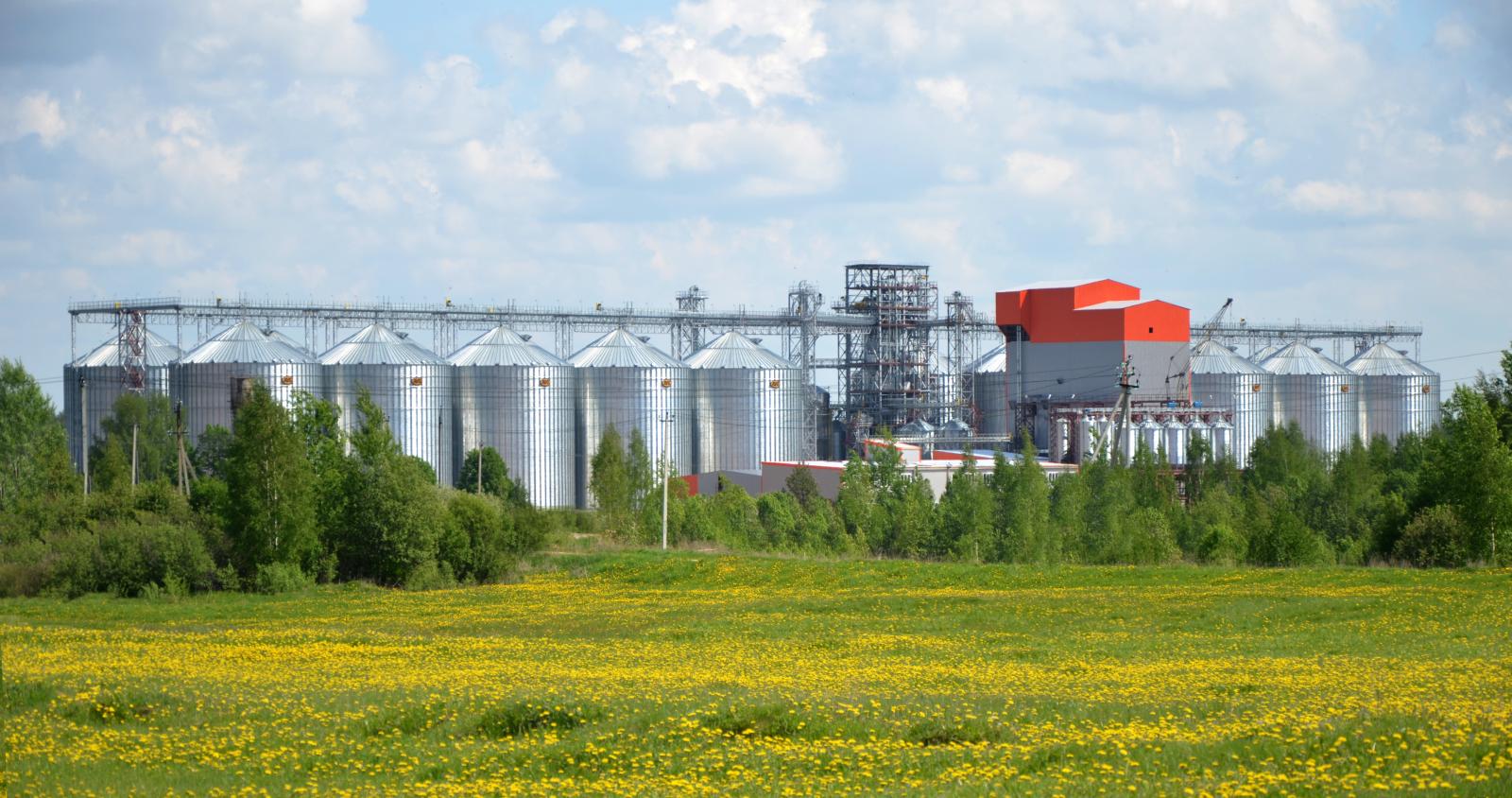Fungicidal protection of corn by no-till — expert advice
11/06/2024 15:00
In FG "Nadia" from Poltava Oblast, they gave up plowing when it was not yet mainstream. Back in 2010, Oleksandr Petrenko switched from classic cultivation technology to no-till.
This is stated in the special project "Anti-crisis economy: Corn on the noutil — features of preventive treatments" on Kurkul.com.
According to the farmer, this technology allows you to work less, but get more. On average, corn is harvested there with a yield of 7-8 t/ha, even during a drought, the yield did not decrease.
As for the specifics of the technology, the sowing campaign starts later. If this year farmers actively sowed already at the end of March, then in FG "Nadia" spring sowing started at the beginning of May with corn.
"We do not fight for moisture, as other farms do. Our soil is moist thanks to the mulch, so we are waiting for the ground to warm up well," Oleksandr Petrenko added.
Hybrids with different FAO values from 260 to 390 are sown. High values of FAO ensure better resistance of plants to winter conditions.
"Our corn has been wintering in the field for 3 seasons. In autumn, the price of grain is very low, and prices for drying, on the contrary, are high. In autumn, corn had a moisture content of 22-24%, drying cost 150 hryvnias per ton and it turned out that 1500 hryvnias/t had to be paid only for drying. And you collect it in the spring - it is already dry. Moisture in the base is 13-14%, the price of grain is higher and there is no need to pay for storage. That's why we harvest corn in the spring in recent seasons," the farmer shared.
Meanwhile, the manager of technology development in the eastern region of the LNZ Group company, Vitaly Brashovan, noted that disease burden occurs with late sowing dates.
Fusarium or powdery mildew bacteria may remain under plant remains on the field. With classical technology, pathogens are plowed in and microorganisms in the soil destroy them. With no-till, these diseases remain on the surface, so the company representative recommends high-quality fungicide protection.
As the expert added, in the line of the LNZ company, among preventive products for the protection of corn, you can use the fungicide Split (difenoconazole, 250 g/l), Stark (azoxystrobin, 250 g/l) or the two-component Split Duo (difenoconazole, 125 g/l, azoxystrobin 125 g/l)
"For prevention, we can get by with one product. But when the disease has spread, then two-component mixtures are needed. Therefore, at the moment, only proper monitoring will allow rational use of fungicide funds," Vitaly Brashovan concluded.
By the way, Kurkul.com together with the LNZ Group company launched the "Anti-Crisis Economy" project, where the company's specialists will accompany farms during the season to help farmers choose economically beneficial protection schemes and at the same time not lose productivity..jpg)
